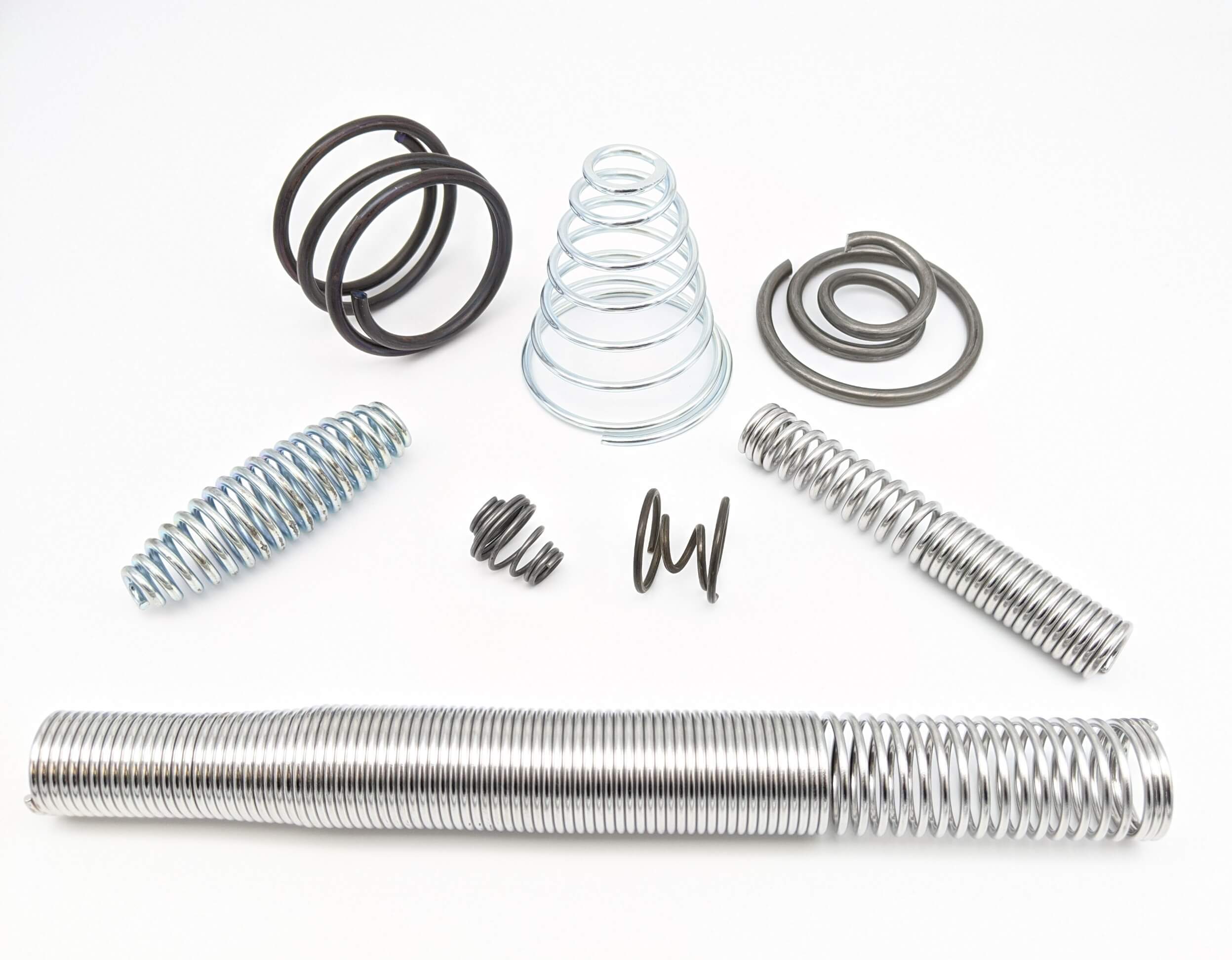Get unique, complex parts easily. No matter your requirements, Chaoyi Spring creates hard-to-produce coil springs and wire forms.
Let us help you create the custom wire form you need, from S-hooks and J-hooks to utility hooks and more.
We work closely with customers across a wide range of industries, helping them design and manufacture made-to-order parts.
Why choose Chaoyi Spring? We prioritize customer-focused collaboration, modern equipment and the latest technology to make your parts per print.
Find the information and guidance you need, from measuring a spring to learning about materials, placing an order and much more.
Have you ever found yourself wrestling with a stubborn coil spring, desperately trying to compress it for a repair or assembly? If so, you know the frustration of dealing with


Have you ever found yourself wrestling with a stubborn coil spring, desperately trying to compress it for a repair or assembly? If so, you know the frustration of dealing with these strong and resilient components. Thankfully, there's a solution: the internal coil spring compressor. This powerful tool, often found in the arsenal of mechanics and engineers, is designed to safely and effectively compress coil springs, allowing for easier repair and maintenance tasks.

An internal coil spring compressor is a specialized tool used to compress coil springs from the inside. Unlike external spring compressors that clamp onto the spring's outer coils, internal compressors work by placing a set of arms or plates inside the spring's coils, effectively pushing them together.
These compressors are typically made from durable materials like steel and are designed to withstand the high forces involved in compressing strong springs. They come in various sizes to accommodate a wide range of spring diameters and lengths, ensuring a suitable fit for different applications.
Internal coil spring compressors offer several advantages over other methods of spring compression:
• **Safety:** The internal compression mechanism minimizes the risk of the spring suddenly releasing and causing injury. The compressor holds the spring securely during compression, reducing the potential for accidents.
• **Precise Control:** Internal compressors allow for precise control over the compression force, ensuring that the spring is compressed to the desired length without damaging the spring or the surrounding components.
• **Accessibility:** Internal compressors are ideal for situations where external compression is difficult or impossible, such as when working with springs enclosed within a tight space or when the spring is part of a complex assembly.
Internal coil spring compressors come in various designs, each suited for different applications. Some common types include:
• **C-Clamp Type:** This type features a C-shaped clamp that is adjusted to compress the spring, making it suitable for smaller springs. The C-clamp type is often used in automotive repair, particularly for compressing springs on struts and shock absorbers.
• **Hydraulic Type:** Hydraulic internal compressors utilize hydraulic pressure to compress the spring. These compressors provide a higher compression force and are capable of handling larger and heavier springs. The hydraulic type is commonly found in industrial settings, where heavy-duty spring compression is required.
• **Plate Type:** Plate-type compressors use a set of plates that are positioned inside the spring coils, with a threaded rod or screw mechanism to push the plates together and compress the spring. This type is versatile and suitable for a variety of spring applications. It is often used in applications where access to the spring from both ends is limited.
When choosing an internal coil spring compressor, several factors need to be considered:
• **Spring Size:** The compressor should be large enough to fit the spring's outer diameter and length without obstructing its compression.
• **Compression Force:** The compressor must be able to generate sufficient force to compress the spring to the required length. The force rating of the compressor should be considered based on the spring's stiffness and the application's requirements.
• **Application:** The type of internal compressor should be chosen based on the specific application and the accessibility of the spring.
Safety is paramount when working with coil springs. Always follow these precautions:
• **Use Eye Protection:** Wear appropriate safety glasses to protect your eyes from flying debris or the spring suddenly releasing.
•**Work in a Safe Environment:** Ensure that the work area is clean, free of obstructions, and well-lit. Avoid working in a cluttered or distracting environment.
• **Proper Tool Selection:** Choose a compressor that is rated for the size and force requirements of the spring you are working on. Never use a compressor that is too small or undersized.
• **Gradually Apply Compression:** Compress the spring slowly and gradually, avoiding sudden movements that could cause the spring to rebound or release unexpectedly.
• **Avoid Overloading the Compressor:** Never exceed the compressor's rated capacity. Overloading can lead to damage to the compressor or cause the spring to malfunction.
• **Use a Support:** When compressing the spring, use a sturdy support to prevent the spring from falling or shifting during compression.
An internal coil spring compressor is an indispensable tool for anyone working with coil springs. This tool provides a safe and efficient way to compress these powerful components, simplifying repair and assembly tasks. By understanding the different types, choosing the right compressor for the job, and following safety precautions, you can confidently utilize an internal coil spring compressor to tackle your spring-related challenges with ease.
Remember, always prioritize safety when working with coil springs and tools. If you're unsure about the correct procedures or tools, consult a qualified professional for guidance. With proper knowledge and the right tools, you can conquer any spring compression task with confidence and achieve excellent results.
Browse some of the custom wire forms and springs that we manufacture. Don’t see what you need? We specialize in made-to-order products that meet your application requirements.
Visit Our GalleryNeed a custom wire form or coil spring? We make it work. Fill out the contact form and a representative will respond within 1 business day. If you have a PDF or CAD file, you can submit to request a quote.